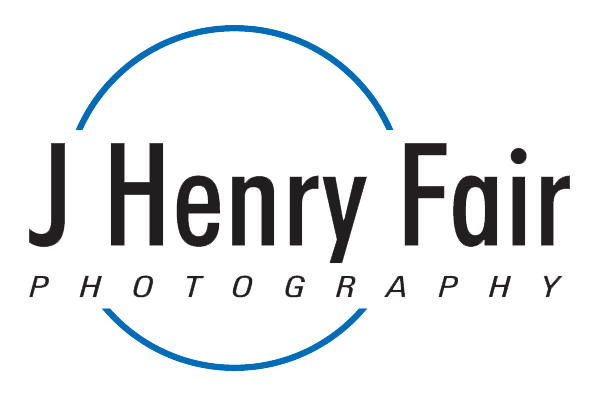The Combahee Raid Exhibit
Introduction
The Combahee Raid is one of the greatest (and least known) military adventure stories in American History.
On the night of June 2, 1863, Harriet Tubman and her team of spies and scouts guided Colonel James Montgomery and 150 African American soldiers to rescue more than 700 enslaved people in the Combahee River Raid during the Civil War.
This Exhibit will tell this story with multi-media elements from first-person accounts to contemporary art. It is a collaboration of The Gibbes Museum in Charleston, with Carnegie-Mellon historian Dr. Edda L. Fields-Black, and artist J Henry Fair, both of whom have deep roots in the Combahee River region.
Please support this exhibit by making a tax deductible donation on our donation page. Your donation supports the production of the content of this exhibit, and will employ numerous Charleston artists.
So many thanks to The Coastal Community Foundation for acting as fiscal sponsors on this project!
If you prefer to write a check, please make payable to:
Coastal Community Foundation
Memo: Combahee Raid Exhibit
And mail to:
Nivia Collins
Coastal Community Foundation
1691 Turnbull Avenue
North Charleston, SC 29405
Exhibit Layout
Combahee River
The river was the omnipresent character, dictating the timing, design and details of the military operation. The river shall likewise guide visitors through the Exhibit.
The Serpentine turns of the Combahee River will guide visitors through the Exhibit. They enter under the full moon, hear its sounds and feel its movement, then follow its path as the adventure unfolds.
Using the river to structure the Exhibit fulfills essential functions: orienting visitors to the timeline and locations of the events of the Combahee Raid; and placing the various elements that make up the Exhibit in their proper geographic context, as the display walls will sinuously follow the course of the river.
Exhibit Elements
This is a story that occurred over 150 years ago, and much detail has been lost.
The Exhibit will tell the story of the Combahee Raid with the elements at hand today: contemporary photographs, historic paintings / photographs, contemporary artwork inspired by Tubman and the raid, historic and contemporary maps, and video reenactments and narratives.
The photographs range from stunning images of the river and its wild environs, fascinating pictures of the extensive and complex rice agriculture, and chilling pictures of the surviving structures and relics of slavery.
The Exhibit will include a dramatic rendition of a first-person account from a man freed in the Combahee Raid, the recreation of which (in Gullah dialect) gives viewers an exhilarating realization of the dream of freedom.
The Characters
The lead characters include Harriet Tubman, James Montgomery and David Hunter.
How did Tubman gather the intelligence that was so essential to this incredible mission? What motivated Union Colonel James Montgomery, the military leader of the raid? How Did General Hunter put all these elements together?
Descendants of the people freed in the raid will tell us their family histories, passed down though the generations.
The history and legacies of the 2nd South Carolina Regiment of Black Soldiers will be explored. They themselves had only been recently freed and trained.
We can feel their pride and valor as they return to the plantations to free their brothers and sisters.
Each individual and group will be personified to the visitor, and their unique role explained.
Rice and Slavery
Rice, the wealth it generated, and the institution of slavery on which it was based were the motivating factors for this military operation, and thus for this exhibit.
Again, The Combahee River created the conditions that made this complex cultivation possible. The fascinating topic of rice will be more extensively explored as ancillary information in the exhibit.
The flood agriculture system which was so prolific on the South Carolina coast required a massive reshaping of the land, similar in scope and effort to the building of the Egyptian Pyramids.
The landscape that was created serves us today as vital wild habitat and buffer against the ravages of Climate Change.
Scenography
The exhibit entrance will have the key art and a map.
This is a story of a nighttime raid, ships coming in with the tide, under the full moon. It is a story about transition from the darkness of slavery to the light of freedom, and the scenography should reflect that.
Visitors enter a darkened hall, lit dimly by the full moon, and are first aware of the sounds of the river at night. Then we hear voices: the soldiers on the boat discussing the outcome of the mission. Slowly the voices of those men and women already working in the rice fields before dawn become heard. Perhaps some are aware of the oncoming boats and the events to come that day.
The industrial thrum and splash of the paddle-wheel boat provides a continuous rhythm.
As we move up the river, we come ashore to land a detachment of solders, then flow with the water to the plantations upriver
The Team -
The Gibbes Museum of Art is among the oldest arts organizations in the United States. Opened to the public in 1905, the museum is a forward moving cultural institution with innovative exhibits, and the principal repository of the visual record of the Lowcountry.
-Dr. Edda L. Fields-Black Carnegie-Mellon Associate Professor of History
Books include: •COMBEE: Harriet Tubman, the Combahee River Raid, and Black Freedom during the Civil War
•Deep Roots: Rice Farmers in West Africa and the African Diaspora
•Rice: Global Networks and New Histories
-J Henry Fair Artist
Books include: •The Day After Tomorrow: Images of our Earth In Crisis
•Industrial Scars: The Hidden Costs of Consumption
•On The Edge: Combahee to Winyah
Thanks to the generous support from our partners.






















